Geothermal energy is a promising form of sustainable power that is gaining traction in many parts of the world.
Geothermal power is stored and generated within the Earth itself. Approximately 20% of this energy originates from when the planet was first formed, with the remaining 80% coming from the radioactive decay of minerals contained deep within the planet. Much of the world’s potential in terms of geothermal is located in the Ring of Fire, a geological region encompassing the Pacific Ocean where the majority of the world’s seismic activity and volcanoes are located.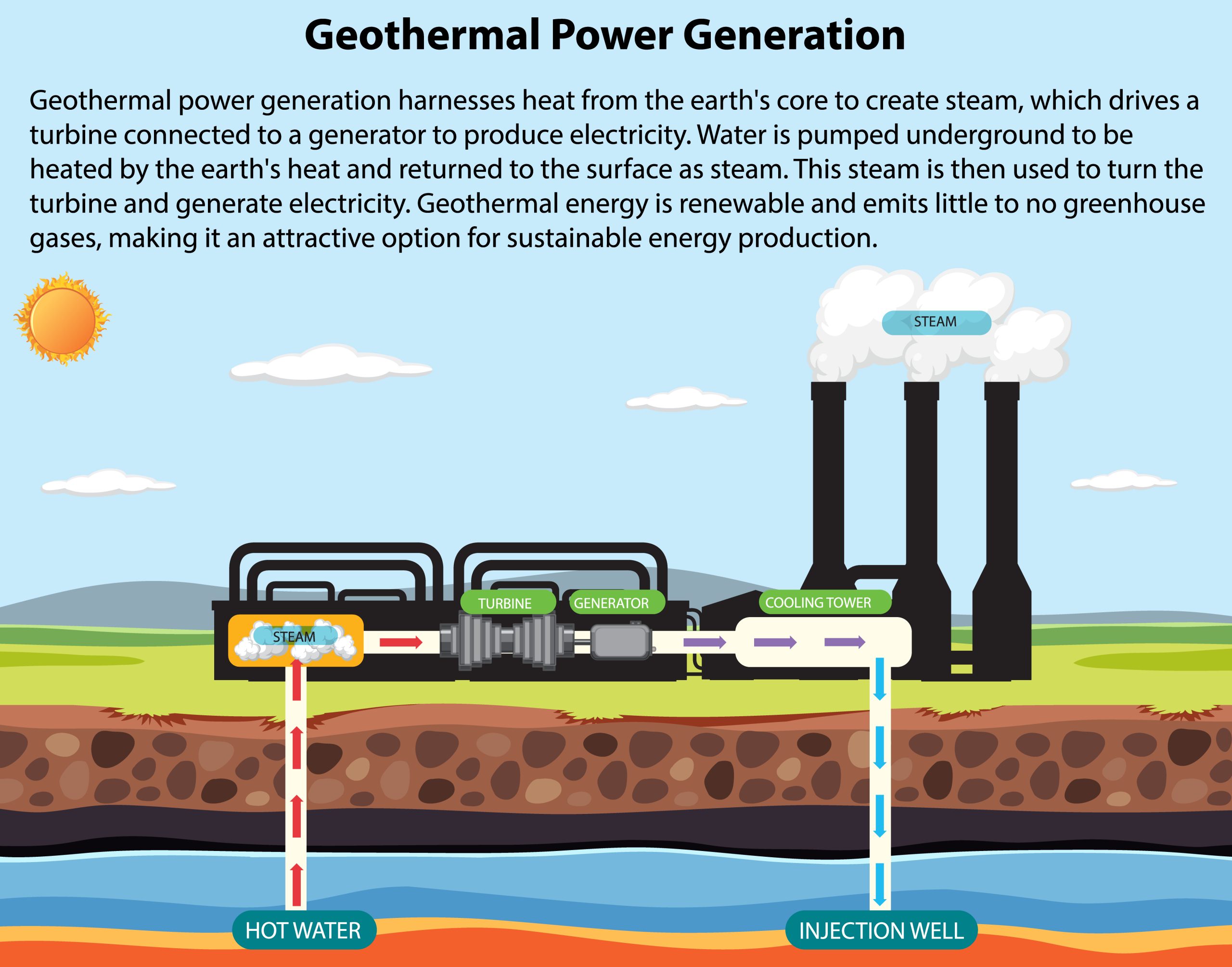
Japan has been one of the world’s strongest proponents of geothermal energy.
The country’s famed hot springs are heated by thermal energy produced by the Earth itself. These pools of heated water are also found throughout China and elsewhere in Asia. Geothermal power has also been used in the U.S. as early as 1892, where a district heating system in Idaho received its power directly from geothermal vents. In Japan, geothermal energy has often been used to heat homes and keep floors warm.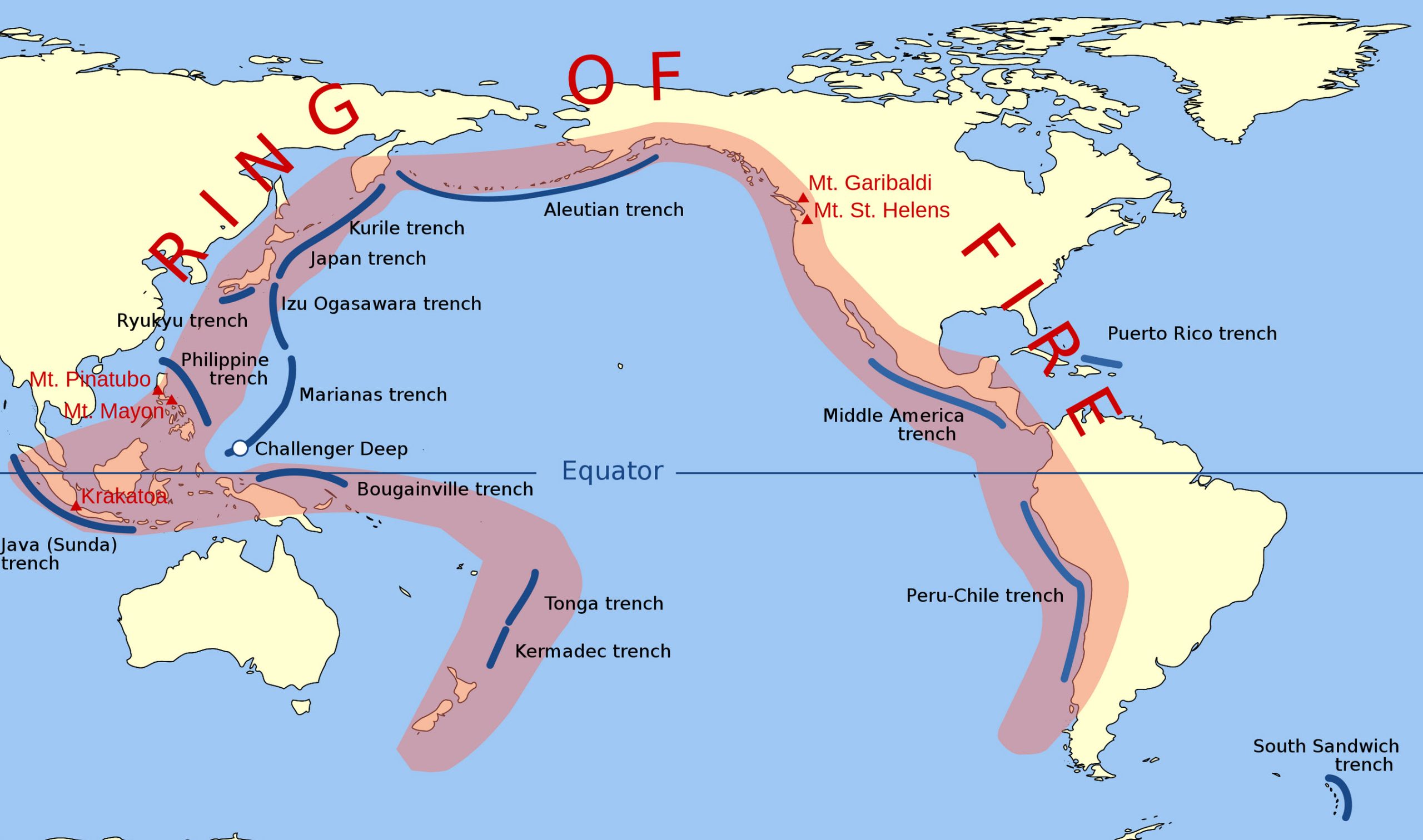
While Japan is a prominent advocate for geothermal globally, the U.S. holds the record for the most considerable installed geothermal electric capacity. As of 2021, the U.S. accounted for 3.86 gigawatts of capacity, marking a significant increase from 3,086 megawatts in 2010, according to the Energy Information Administration. Much of this installed capacity can be found in California and other states bordering the Pacific Ocean. These installations produce energy that is fed into the country’s overarching energy grid.
In countries that are not bordering the Ring of Fire, geothermal energy is still popular, but more difficult to make use of. Germany, France, and Switzerland all have geothermal potential, but this potential is limited because of their geographic position and relatively calm seismic activity. Nonetheless, geothermal energy still presents itself as a valuable resources for countries that can tap into the power of the Earth.
Top Reason’s Why The Ring of Fire is So Important for Renewable Energy:
- The Pacific Ring of Fire is a crucial hub for geothermal power due to its vast geothermal resources.
- Over 40% of the world’s geothermal energy resources are located in this region, which includes countries like Japan and the Philippines.
- This region is not just significant for electricity generation but also for direct uses of geothermal energy.
- The Pacific Ring of Fire is a major producer of geothermal energy, utilizing natural hot water reservoirs to generate electricity with minimal carbon emissions.
- Characterized by its horseshoe-shaped belt abundant in geothermal activity, the Ring of Fire is a hotspot for achieving net-zero energy goals.
- Several Asian nations within the Ring of Fire have access to an endless source of secure, sustainable, and affordable geothermal energy, located deep beneath the ground.
- The considerable geothermal potential of the Ring of Fire plays a significant role in the global shift towards renewable energy.
Though geothermal energy is largely considered a clean form of power…
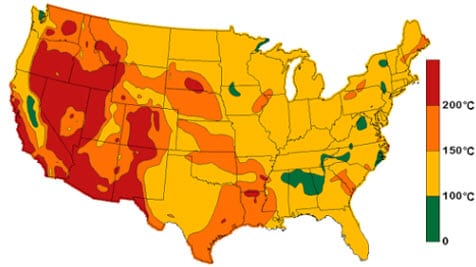
United States Geothermal energy – Estimated subterranean temperatures at a depth of 6 kilometers
Tapping into the planet’s geothermal wellsprings can have significant environmental impacts. The fluids that are drawn out of the Earth by tapping into geothermal energy contain volatile mixtures of gases, such as carbon dioxide, hydrogen sulfide, methane, and ammonia, notable greenhouse gases that could contribute to climate change. Dissolved gases found in water that is heated from geothermal sources also contain trace amounts of toxic elements, such as mercury and arsenic. As the water cools, these chemicals can have a negative effect on the local environment and even put people’s health at risk.
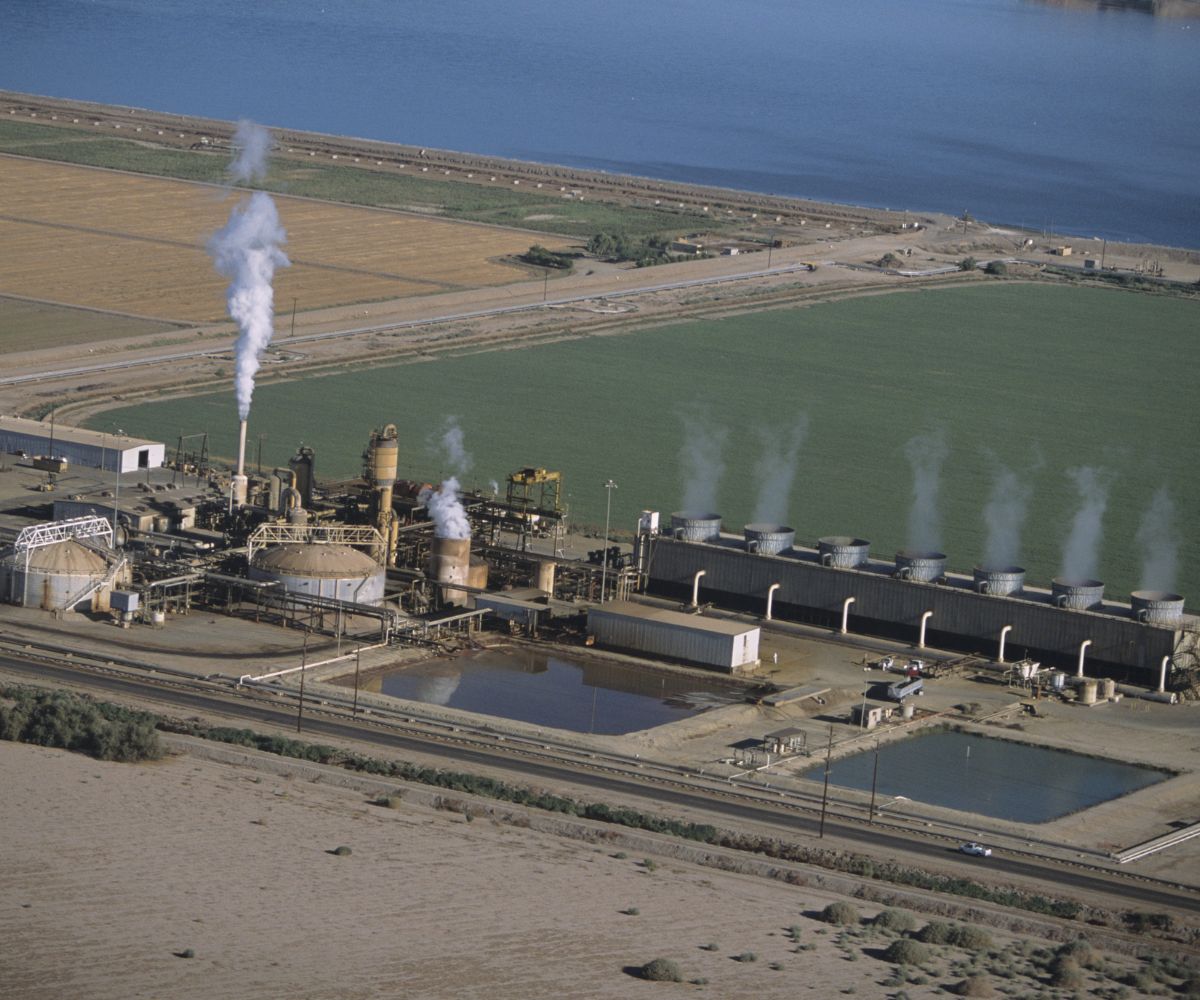
Geothermal energy power plant, Calipatria, CA, USA
Latest Updated 2022 Reports Show About Geothermal Energy World Usage
In 2021, the world saw a significant increase in renewable energy generation capacity, reaching a total of 3,064 GW. This growth was led by hydropower (1,230 GW), solar energy (849 GW), and wind energy (825 GW). Other renewable sources also contributed to this expansion with bioenergy adding 143 GW and geothermal energy contributing 16 GW.
Geothermal energy, in particular, experienced an exceptional growth with an addition of 1.6 GW in 2021. The United States made a notable contribution to this number by increasing its geothermal capacity by 1.3 GW. Other countries such as Indonesia, Turkey, Italy, and Mexico also expanded their geothermal capacities, adding 146 MW, 63 MW, 30 MW, and 25 MW respectively.
Hydrogen and Geothermal Power News and an Energy Partnership
The Powerful Alliance of Geothermal Energy and Green Hydrogen
Geothermal energy holds a unique place in the renewable energy sector. Unlike fossil fuels, it’s not a globally tradable commodity but rather a regional resource. The rise of green hydrogen, however, is transforming its role, introducing a way to indirectly commoditize geothermal energy.
- The Emergence of Green Hydrogen
The potential of hydrogen in the global decarbonization effort, particularly as a fuel for transportation, is widely acknowledged by governments and industries. Green hydrogen, generated by electrolysis using renewable energy, is at the forefront of this movement. While solar, wind, and hydro power are often linked with green hydrogen production, baseload geothermal power stands out as a prime candidate.
- The Advantage of Geothermal Power
Operating around the clock unaffected by weather, geothermal power provides consistent, baseload electricity. This makes it an excellent energy source for green hydrogen production facilities. When combined, they form a beneficial partnership, offering continuous hydrogen production, reduced surface footprint, and the potential for compounded government subsidies.
- Leveraging Geothermal Resources for Green Hydrogen
Many remote areas boast abundant geothermal resources yet have small populations, leading to under-utilization. Pairing these resources with green hydrogen production brings forth a new paradigm that enhances the appeal of geothermal energy in such regions.
- Industry’s Take on This Partnership
The industry is paying attention. A testament to this is the recently completed Halcyon Project in New Zealand, a green hydrogen plant powered by geothermal energy. Other similar projects are in the pipeline, and companies like Fortescue Future Industries are dedicated to distributing green hydrogen globally, relying heavily on geothermal energy.
- Government Backing
In the USA, the Infrastructure and Jobs Act (IIJA) led to the establishment of the Office of Clean Energy Demonstrations with a hefty budget of $21.5 billion. Of this, $8 billion is earmarked for “Regional clean hydrogen hubs”, which could encompass geothermal projects.
- The Synergistic Relationship Between Geothermal and Green Hydrogen
This collaboration between geothermal energy and green hydrogen paves the way for more widespread geothermal development. While there remain questions about the specifics of funding criteria and organization, the future looks bright for this dynamic duo in the renewable energy sector.
Other Images for Geothermal Resources…
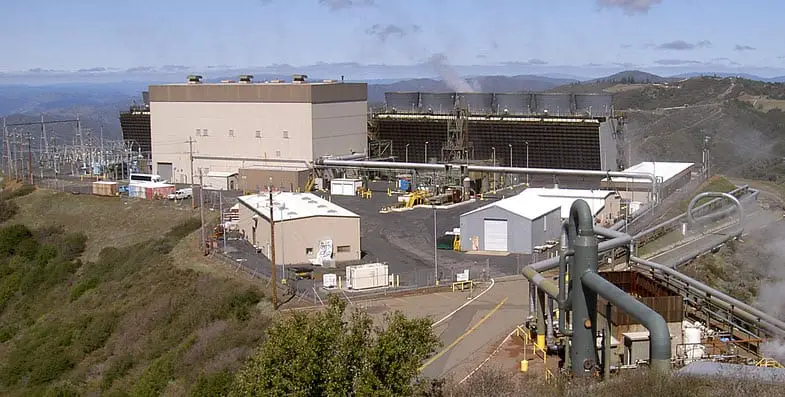
Geothermal Plant in Sonoma Country Northern California
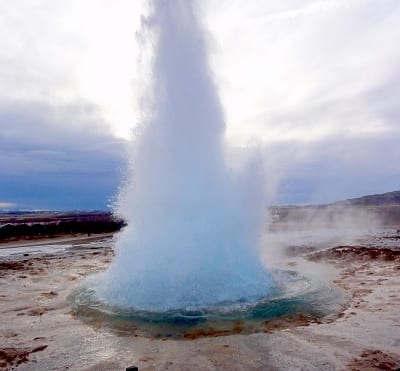
Geothermal Energy – Iceland Geothermal Well

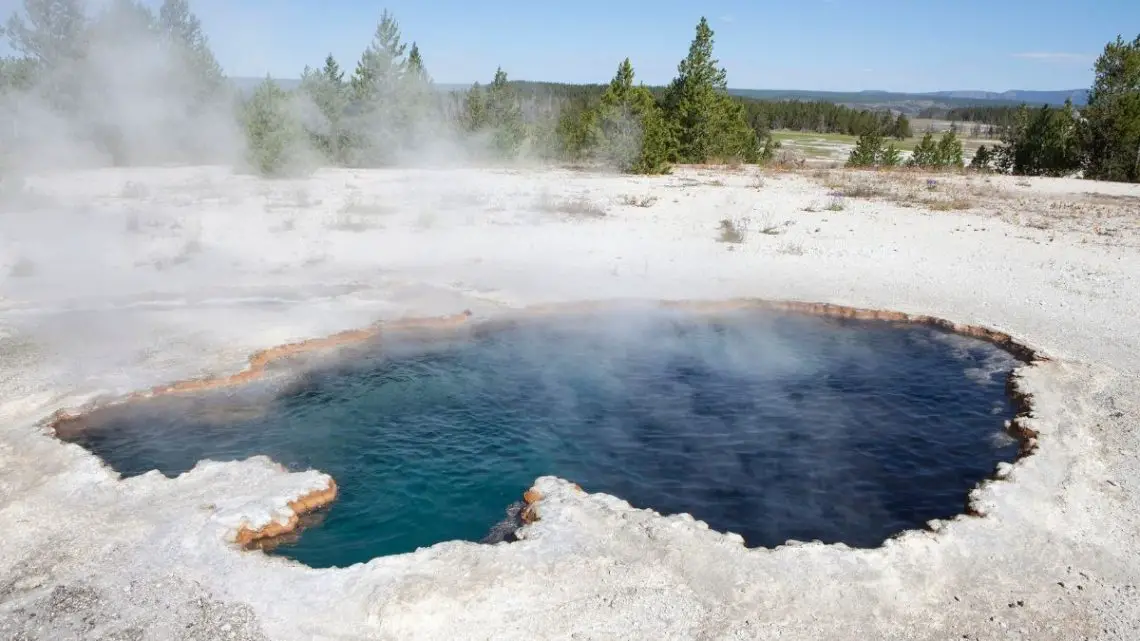
 HFN News is your leading source for fresh hydrogen and renewable energy updates. Amid the fast-paced growth of hydrogen companies, we provide top-notch news and insights about this exciting sector. Our coverage spans from hydrogen cars to global sustainable initiatives, and we highlight the latest in green jobs and developing hydrogen hubs. We invite you to share your local hydrogen news and explore today’s renewable energy job listings on our site. Thanks for choosing HFN News as your trusted guide to the hydrogen and renewable energy world!
HFN News is your leading source for fresh hydrogen and renewable energy updates. Amid the fast-paced growth of hydrogen companies, we provide top-notch news and insights about this exciting sector. Our coverage spans from hydrogen cars to global sustainable initiatives, and we highlight the latest in green jobs and developing hydrogen hubs. We invite you to share your local hydrogen news and explore today’s renewable energy job listings on our site. Thanks for choosing HFN News as your trusted guide to the hydrogen and renewable energy world!